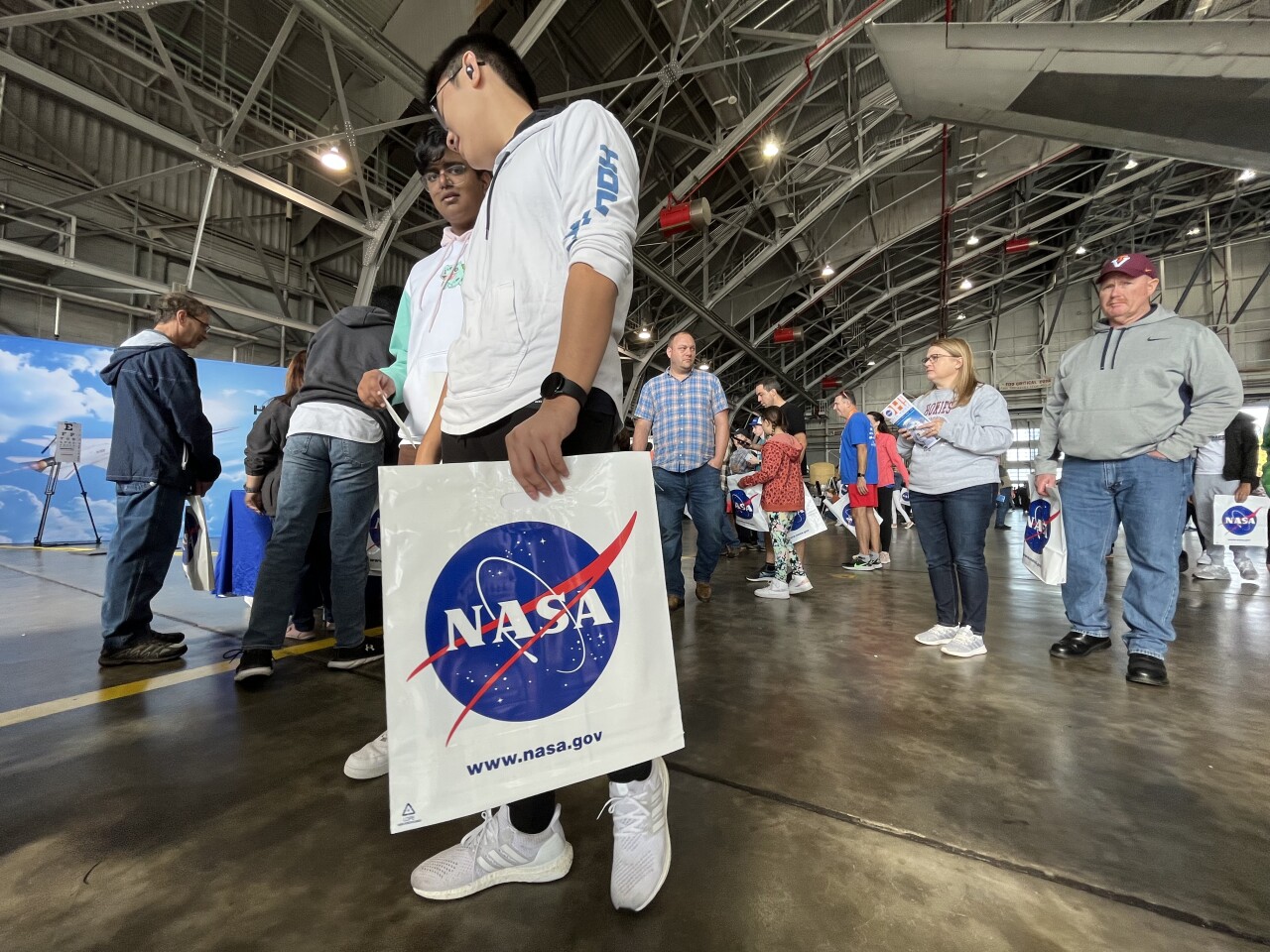NORFOLK, Va. — Missions getting ready to blast off to the moon will be carrying technology created by local scientists.
The Navigation Doppler Lidar (NDL) was developed at NASA's Langley Research Center. It'll be attached to a rocket launching from Kennedy Space Center on Monday.
And the destination? The moon.

Positively Hampton Roads
NASA fans near and far come for Langley's first Open House in six years
The NDL uses a laser-based sensor to detect speed and altitude — within a few centimeters per second — helping a spacecraft land safely on the surface of the moon or even another planet.
The engineers behind the device say if it works as it should, it'll help humans land on the moon for upcoming Artemis missions and beyond.
"We want to go to the challenging places," Farzin Amzajerdian, Principal Investigator Navigation Doppler Lidar, said. "We want to go to the edge of a cliff, where we think there might be some water, ice down in a crater so we want to go to these dangerous places. In order to do that, we have to get there precisely."
Watch related story: NASA fans near and far come for Langley Research Center's first Open House in six years
We also checked out a camera system called Scalpss that will take images of the impact a spacecraft's rocket has on the moon's surface as it lands.
Those cameras will be on a rocket launching the middle of next month.
We'll dive a little deeper into both pieces of technology and the mission they're supporting tomorrow on News 3 This Morning.




